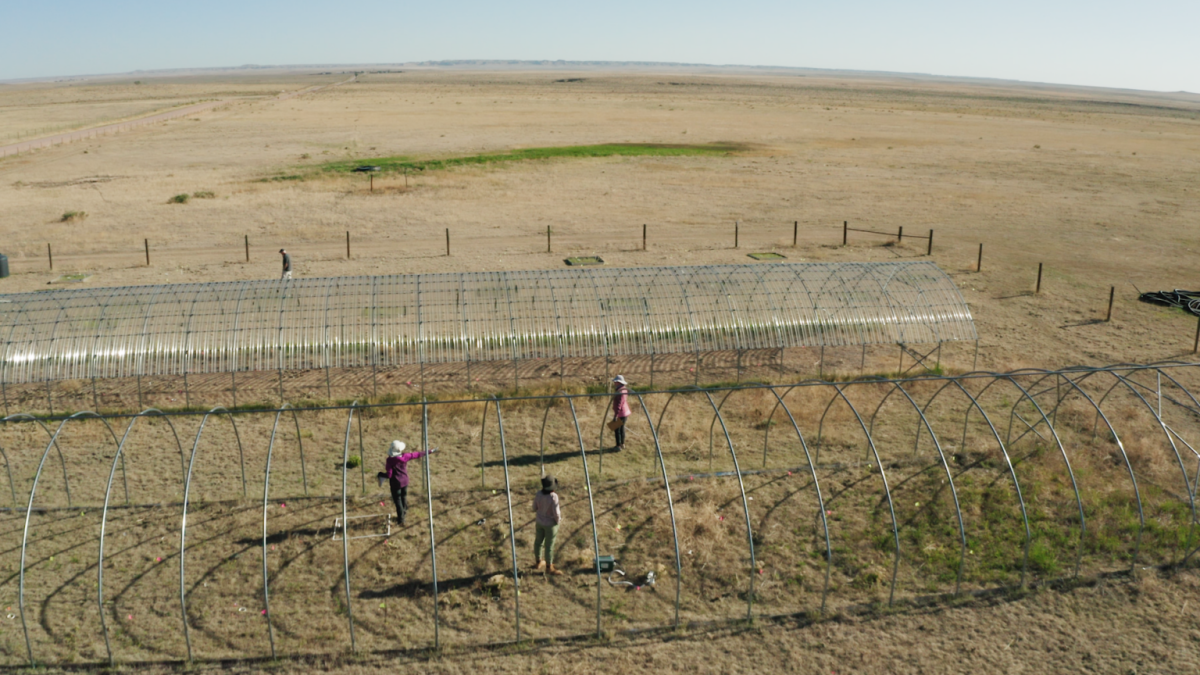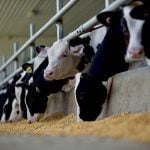To keep weed species from developing resistance to your herbicides, you may be further ahead to tank-mix from different herbicide groups, rather than just rotate those chemicals separately.
Results of a four-year study on PFRA fields in Saskatchewan have led to that conclusion, according to Agriculture and Agri-Food Canada plant scientist Hugh Beckie of Saskatoon in a newly published paper on the experiment.
Beckie and French plant scientist Xavier Reboud of the Universite de Bourgogne documented the study in a Weed Science Society of America journal, Weed Technology.
Read Also

Prolonged drought causes unprecedented productivity loss: Study
Colorado State University — Extreme, prolonged drought conditions in grasslands and shrublands would greatly limit the long-term health of crucial…
Their project looked for increased levels of Group 2 herbicide resistance in field pennycress, a broadleaf weed, on fields seeded to AC Barrie wheat at North Battleford, Sask., and also at Watrous, about 110 km southeast of Saskatoon.
The researchers compared applications of a Group 2 (ethametsulfuron) product in tank-mixes with a Group 6 (bromoxynil/MCPA) formulation, against rotations in which the Group 2 and Group 6 products were applied separately.
The field pennycress seed bank at the start of the experiment contained five per cent Group 2-resistant seed, Beckie and Reboud wrote.
Afterward, “although weed control was only marginally reduced, resistance frequency of progeny of survivors increased markedly after one ALS-inhibitor (Group 2) application,” they wrote.
“Mitigating evolution”
After four years of study (2004-07), the level of Group 2 resistance in the seed bank that got the mixture treatment remained similar to that of the control area, which got no Group 2 product.
But after four years of the rotation treatment, in which Group 2 herbicides were applied at intervals separate from the Group 6 treatments, “the level of resistance of recruited seedlings had increased from 29 per cent to 85 per cent.”
The study’s results, Beckie and Reboud wrote, show how quickly Group 2 resistance could evolve due to “repeated application” of just one mode of action.
The study, they said, also supports what researchers have previously found in modeling simulations and in farmers’ questionnaire surveys: namely, that “mixtures are more effective than rotations in mitigating resistance evolution through herbicide selection.
“It is hoped that the findings in this study will encourage the herbicide industry to research and develop a broader range of herbicide mixtures,” the researchers wrote.
















